Does Your Garden Qualify for National Wildlife Certification? 5 Steps!

by
Adele Kurtz
(IC: homeowner)
2 Materials
We've been at it for over 12 years: Creating an Ideal Habitat for Wildlife and Nature. It's actually pretty easy to be sustainable. Your garden may already qualify for NWF Certification. Here's the 5 steps they ask for. If you have most of them, your garden could be listed with the National Wildlife Federation!
1. Got WATER?
2. Provide plenty of FOOD.
3. Make Places to Raise Young and Prosper.
4. Maintain Some Natural Coverage.
5, Lean Toward SUSTAINABLE PRACTICES.
6. ENJOY More of NATURE in your own backyard!
Fawn found our garden
Sociable koi, water flows 24-7 x 365, >10 years, up to 2' to tail
{
"id": "3526207",
"alt": "More fun in here!",
"title": "More fun in here!",
"video_link": "https://www.youtube.com/embed/RHY9J9WQ094",
"youtube_video_id": "RHY9J9WQ094"
}
{
"width": 634,
"height": 357,
"showRelated": true
}
Enjoyed the project?
Suggested materials:
- Tons & Tons of Rocks (most relocated on property)
- Barn Owl Box (barnowlbox.com)
Published September 2nd, 2016 12:30 PM
Comments
Join the conversation
3 of 7 comments
-
i found this so inspiring! i have never lived anywhere with access to so much space, its beautiful!
 Tova Pearl
on Sep 12, 2016
Tova Pearl
on Sep 12, 2016
-
-




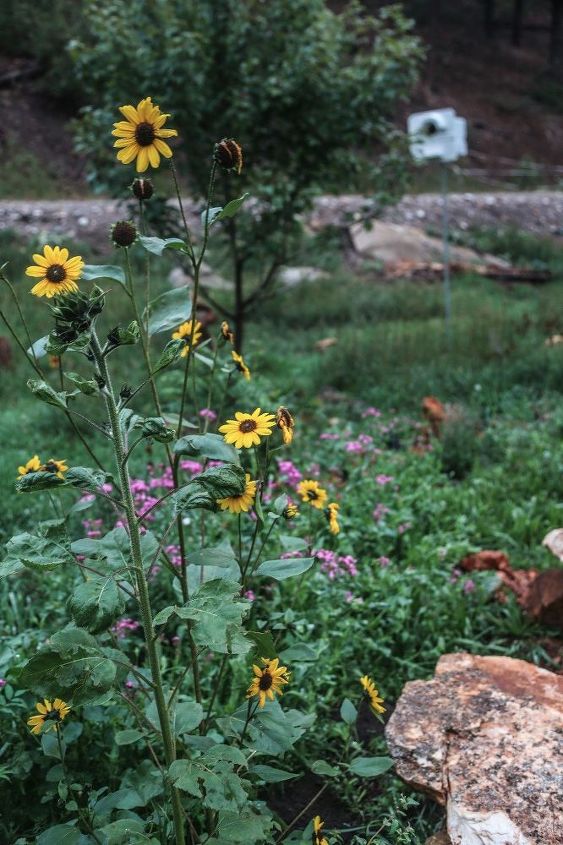












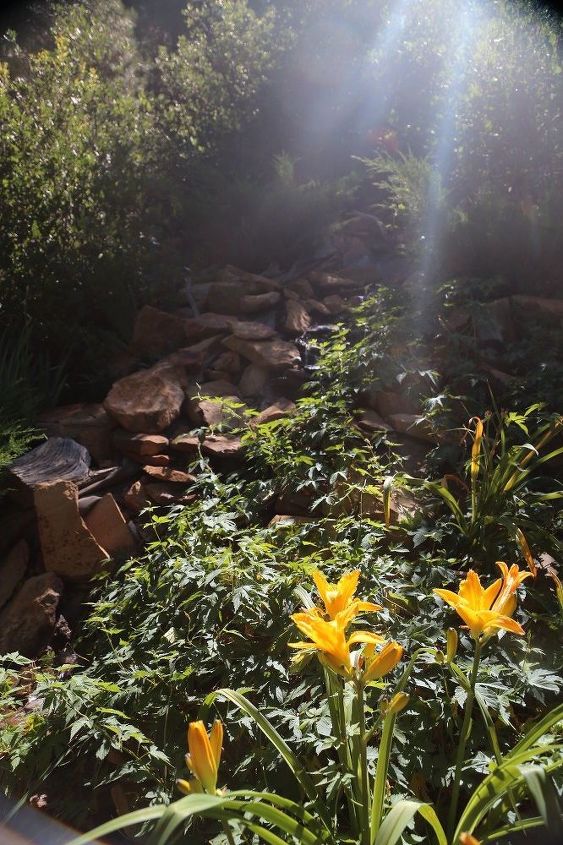
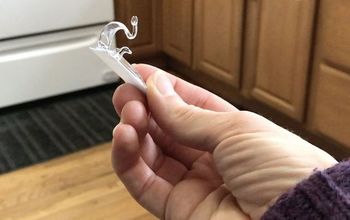
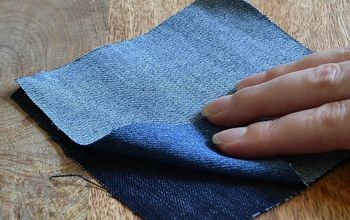




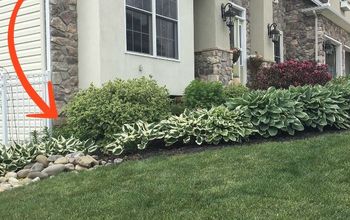
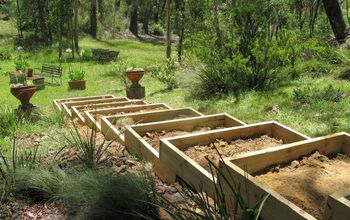

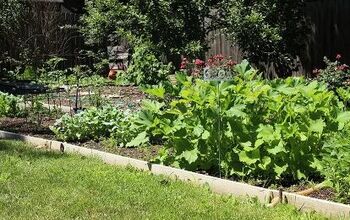
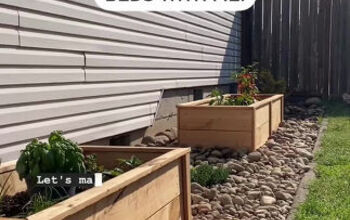

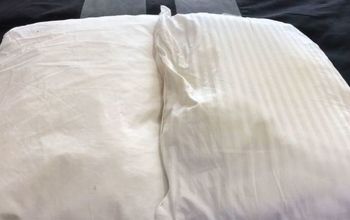

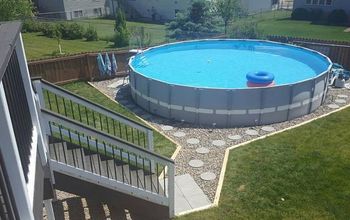
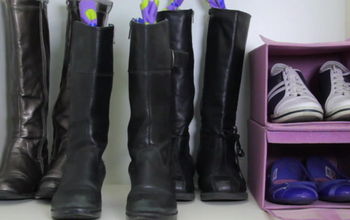

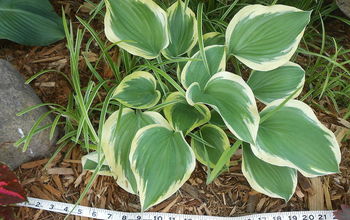
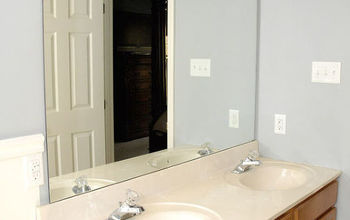




Frequently asked questions
Have a question about this project?